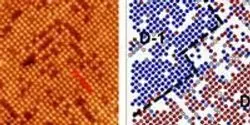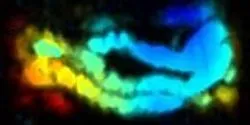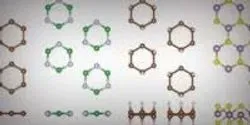Materials Science

A novel combination of microscopy and data processing has given researchers at the Department of Energy’s Oak Ridge National Laboratory an unprecedented look at the surface of a material known for its unusual physical and electrochemical properties.

A multi-institutional team of researchers has developed a new nanoscale agent for imaging the gastrointestinal (GI) tract. This safe, noninvasive method for assessing the function and properties of the GI tract in real time could lead to better diagnosis and treatment of gut diseases.

Columbia researchers used Brookhaven Lab supercomputer simulations to map and compare the transformations and breaking points of graphene and other promising monolayers.

Researchers at Karolinska Institutet in Sweden have headed a study that has provided new knowledge about the EphA2 receptor, which is significant in several forms of cancer. This is important knowledge in itself – but just as important is how this study, which is published in the highly respected journal Nature Methods today, was conducted. The researchers used the method of DNA origami, in which a DNA molecule is shaped into a nanostructure, and used these structures to test theories about cell signalling.
















